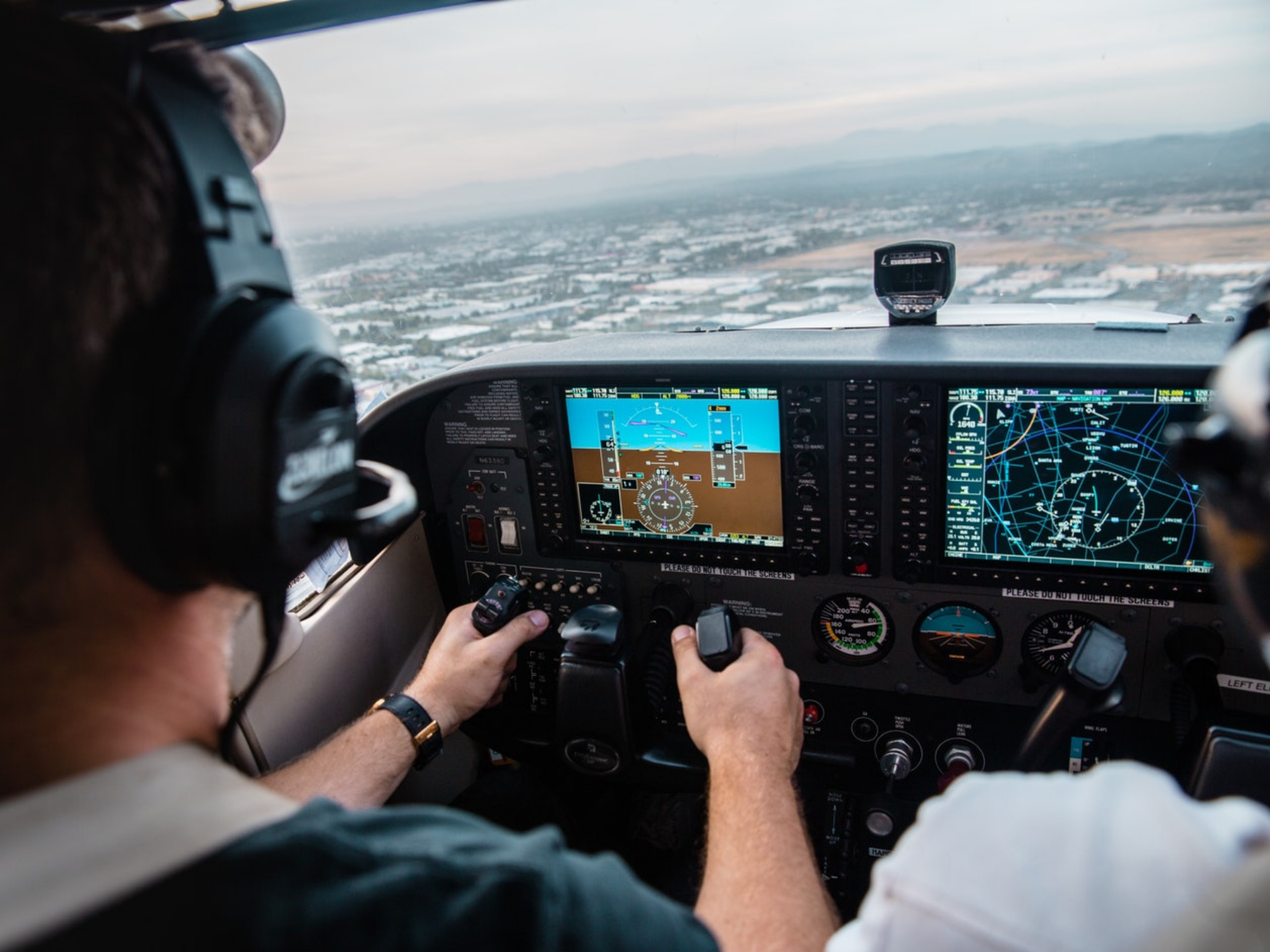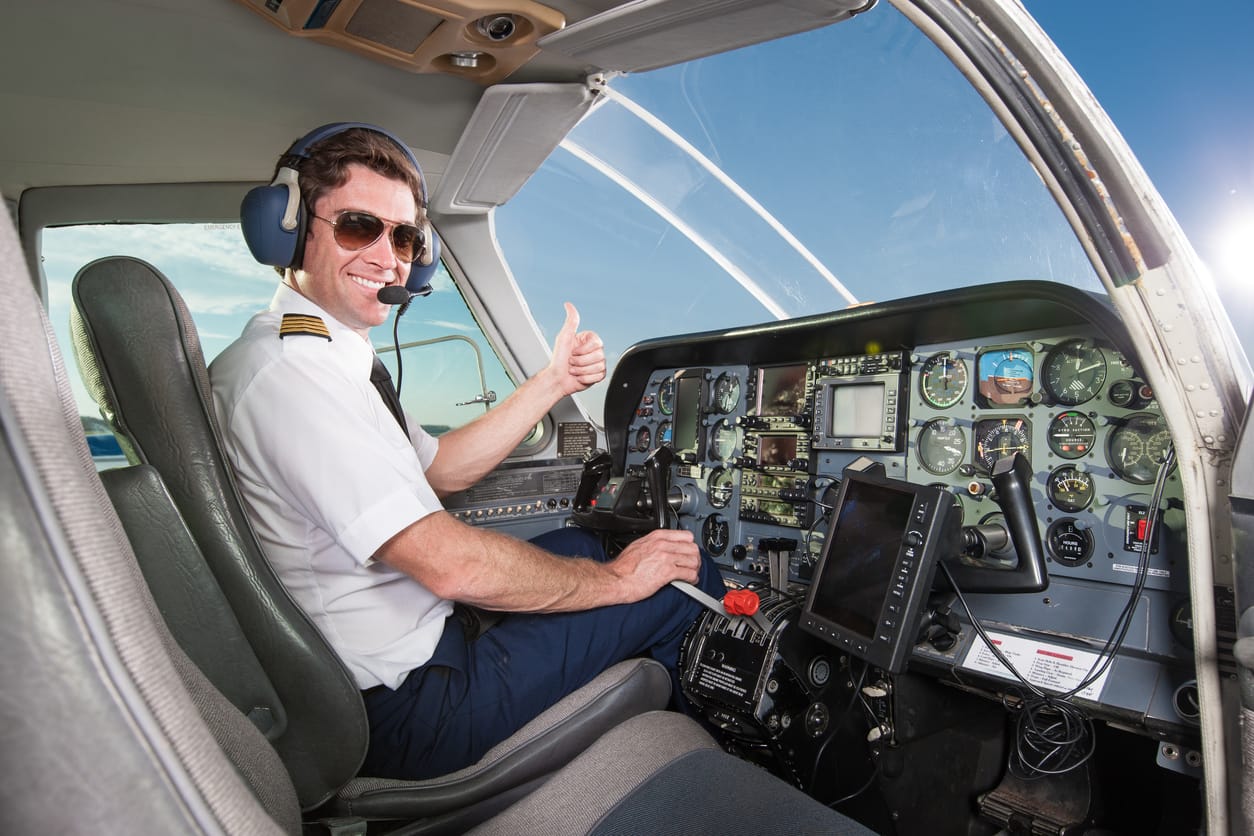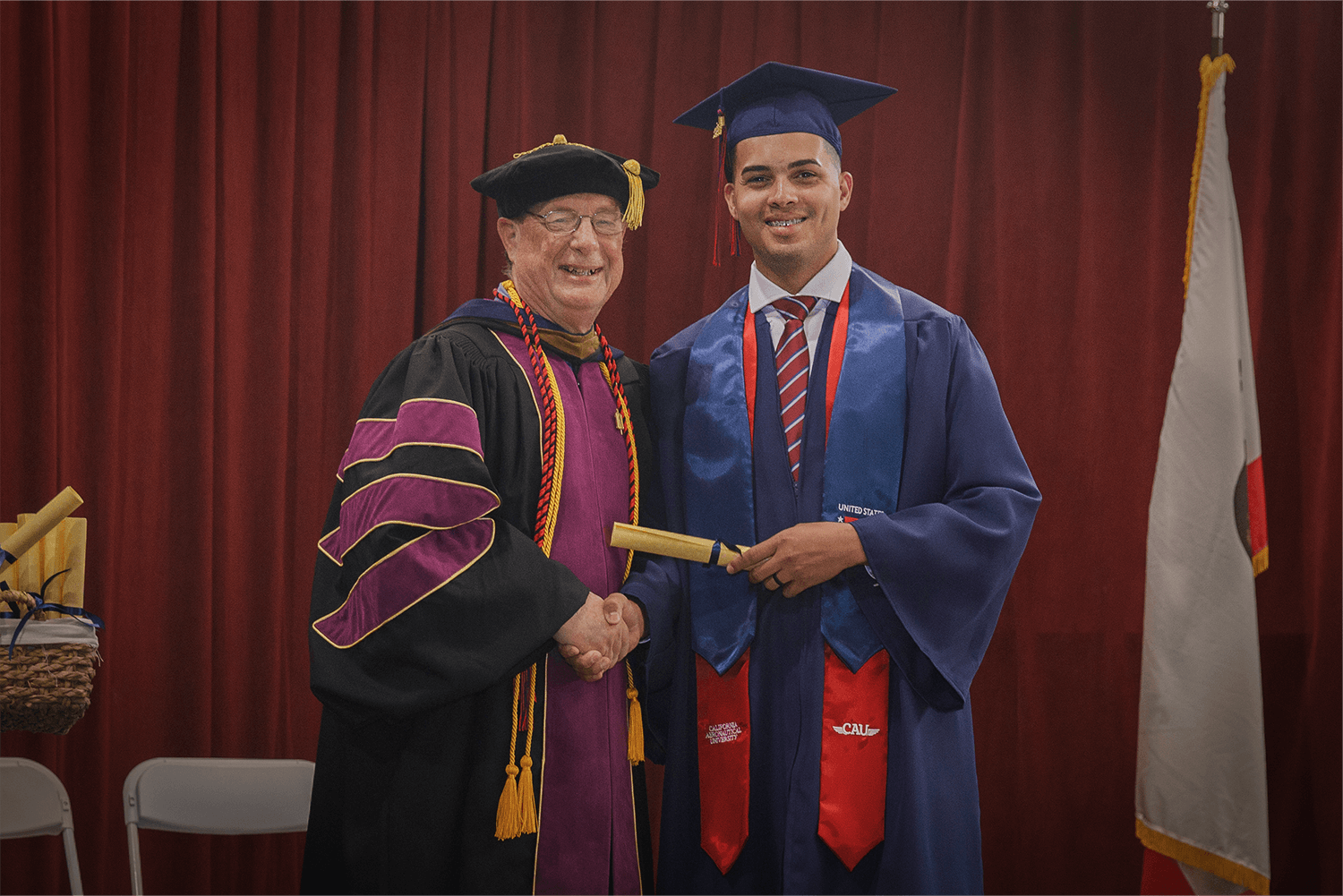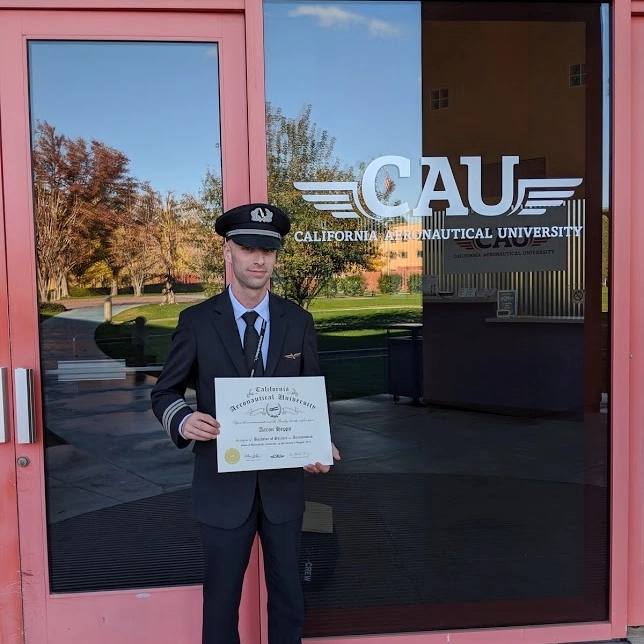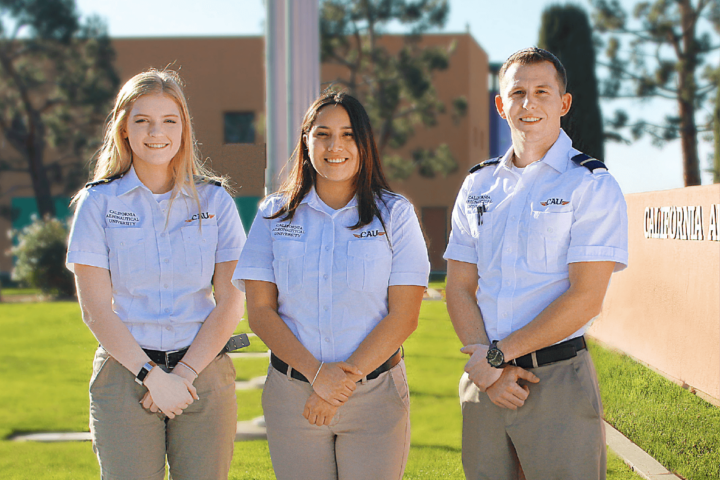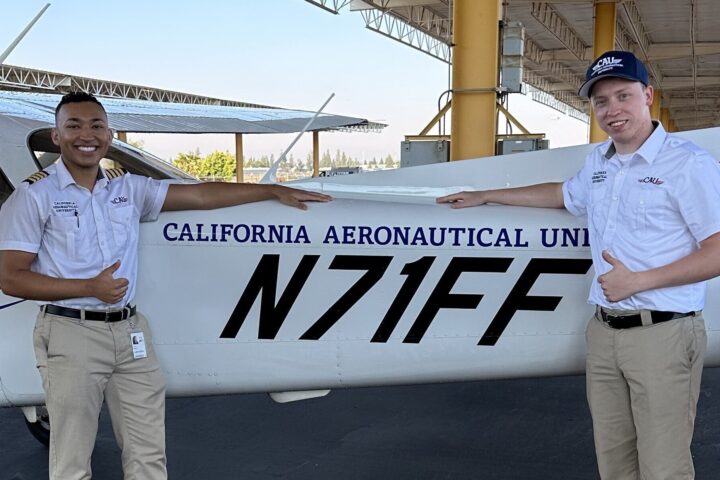When beginning your aviation training, it may be surprising to learn that even those who gain a private pilot certificate are given a type rating. “Single engine piston” is a type of aircraft, and it is a rating on your certificate. As you consider your aviation career, it is important to consider the type rating requirements to fly different types of aircraft.
What Is a “Type Rating”?
A type rating is a designation on a license that proves the holder can fly that particular model and type of aircraft. Type ratings can be both broad or extremely specific, depending on the scope of the aircraft operation, complexity, and purpose. There are hundreds of type ratings available. You can find the FAA mandated requirements for type ratings in CFR 14 Part 61.
Type Rating Requirements: Things You Should Know
To Fly Certain Aircraft, You Will Need a Type Rating
There are specific legal requirements for several types of aircraft. Without a type rating, you simply will not be able to fly them. The general kinds of aircraft that require a type rating are as follows:
- Large Aircraft – Any aircraft that weighs over 12,500 lbs.
- Turbojet Powered Aircraft – Any airplane with a jet engine, regardless of size or weight.
- Other Aircraft – This is a catch-all category: the plane may have complex systems onboard or an unusual configuration (there could be several reasons for this requirement).
Interestingly, even holding a commercial pilot certificate does not mean that you can begin flying any type of aircraft. According to the FAA, unless a pilot holds a type rating on the aircraft they are operating, that aircraft cannot be operated for hire.
Type Ratings Cover Everything About the Aircraft
Depending on the type rating you pursue, some in-depth studying can be required. Type rating courses cover a great deal of information. The FAA recommends a minimum ground school time for each part of the aircraft systems. This is something that part 141 approved flying schools can help you understand more.
Some Type Ratings Cover Multiple Aircraft
You can save yourself considerable time by being selective in the type rating you wish to pursue. Some aircraft type ratings will qualify you to fly several different aircraft types, all under one rating. For example, the Airbus A320 is a medium jet with a take-off weight of around 77 kg. However, with this rating, you can also fly the following types of aircraft:
- Airbus – A318
- Airbus – A319
- Airbus – A321
- Airbus – A330/350 (a separate type rating with reduced training time)
Five (5) jet aircraft with one type rating can open more doors in your flying career.
Type Ratings are both Theory and Practice
A type rating is not just all about knowing how to successfully use a particular aircraft’s systems. It also requires an element of hands-on training. Fortunately, most of this can be done in a simulator. Depending on the aircraft type, you may also be required to perform several take-offs and landings in the real world, under an examiner’s watchful eye. At Part 141 universities such as CAU, simulators are available to complement your training and launch an aviation career.
Type Ratings Must Be Kept Current
It is important to realize that a type rating does not last forever, as it typically is only valid for a specified period of time. This is usually one year from the date you pass your first competency check on the aircraft. The good news is that your type rating can be refreshed at any time through a short visit to an approved flight simulator. Every commercial pilot must take an annual ‘license proficiency check’ or LPC to prove that they still have the necessary skills to handle the aircraft. Once this check is complete, the year of validity is reset.
You Need to Consider Type Ratings Carefully
While the principles of flight are generally the same for all aircraft, specific procedures and systems take time and effort to learn. Type ratings can be very specific, so if you invest significant time and effort into flight training, you need to think carefully about where to focus your attention. If you have questions about type ratings, California Aeronautical University can help you better understand the available designations, as well as the different certificates and ratings. We want to make sure you have all the information you need to make an informed decision about your education. At CAU, you’ll have the opportunity to gain aviation knowledge and develop your skills. Contact CAU today and see how you can launch your pilot training.
Ready to soar in your aviation career?
Mr. Matthew A. Johnston has over 23 years of experience serving various roles in education and is currently serving as the President of California Aeronautical University. He maintains memberships and is a supporting participant with several aviation promoting and advocacy associations including University Aviation Association (UAA), Regional Airline Association (RAA), AOPA, NBAA, and EAA with the Young Eagles program. He is proud of his collaboration with airlines, aviation businesses and individual aviation professionals who are working with him to develop California Aeronautical University as a leader in educating aviation professionals.
